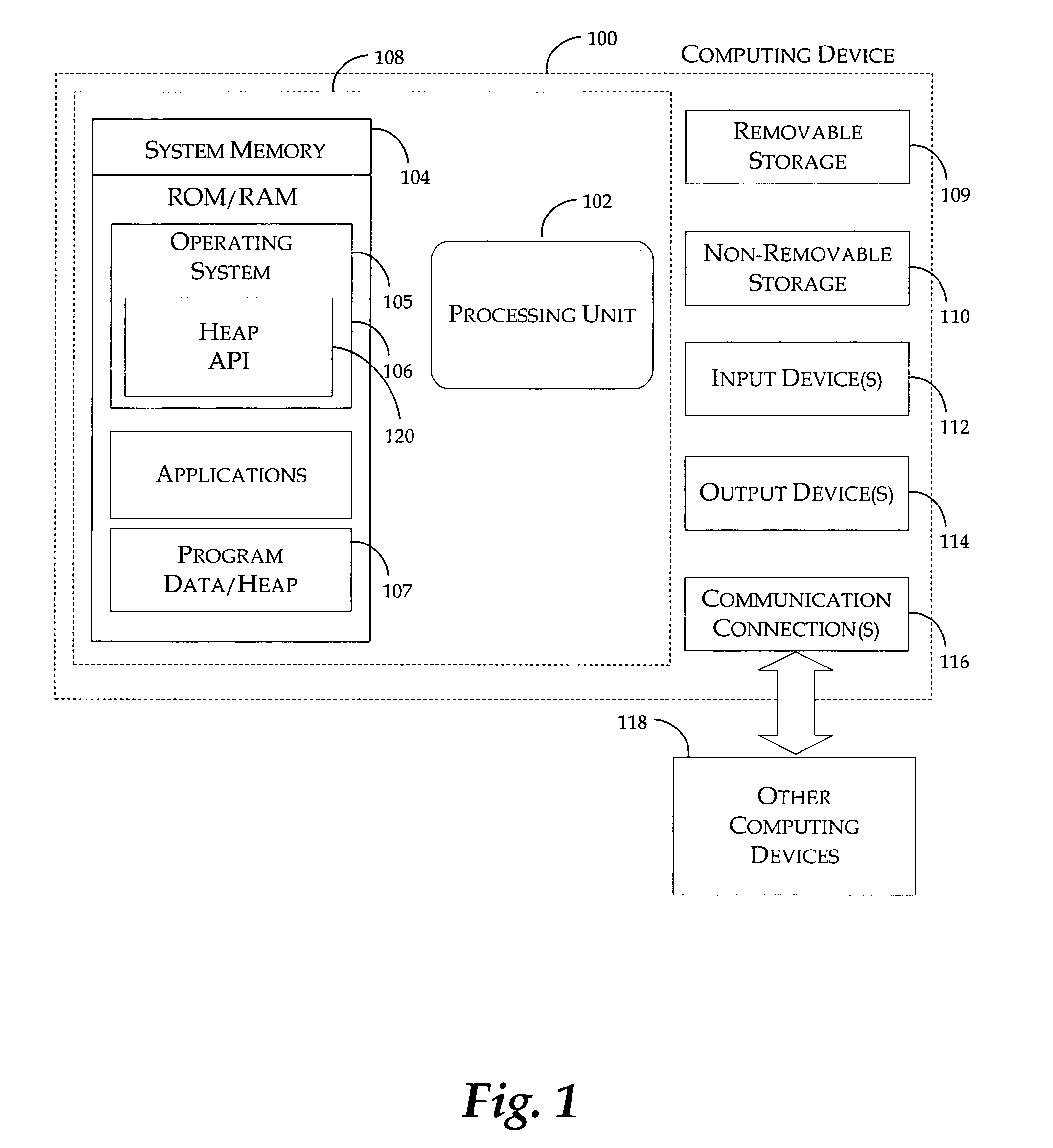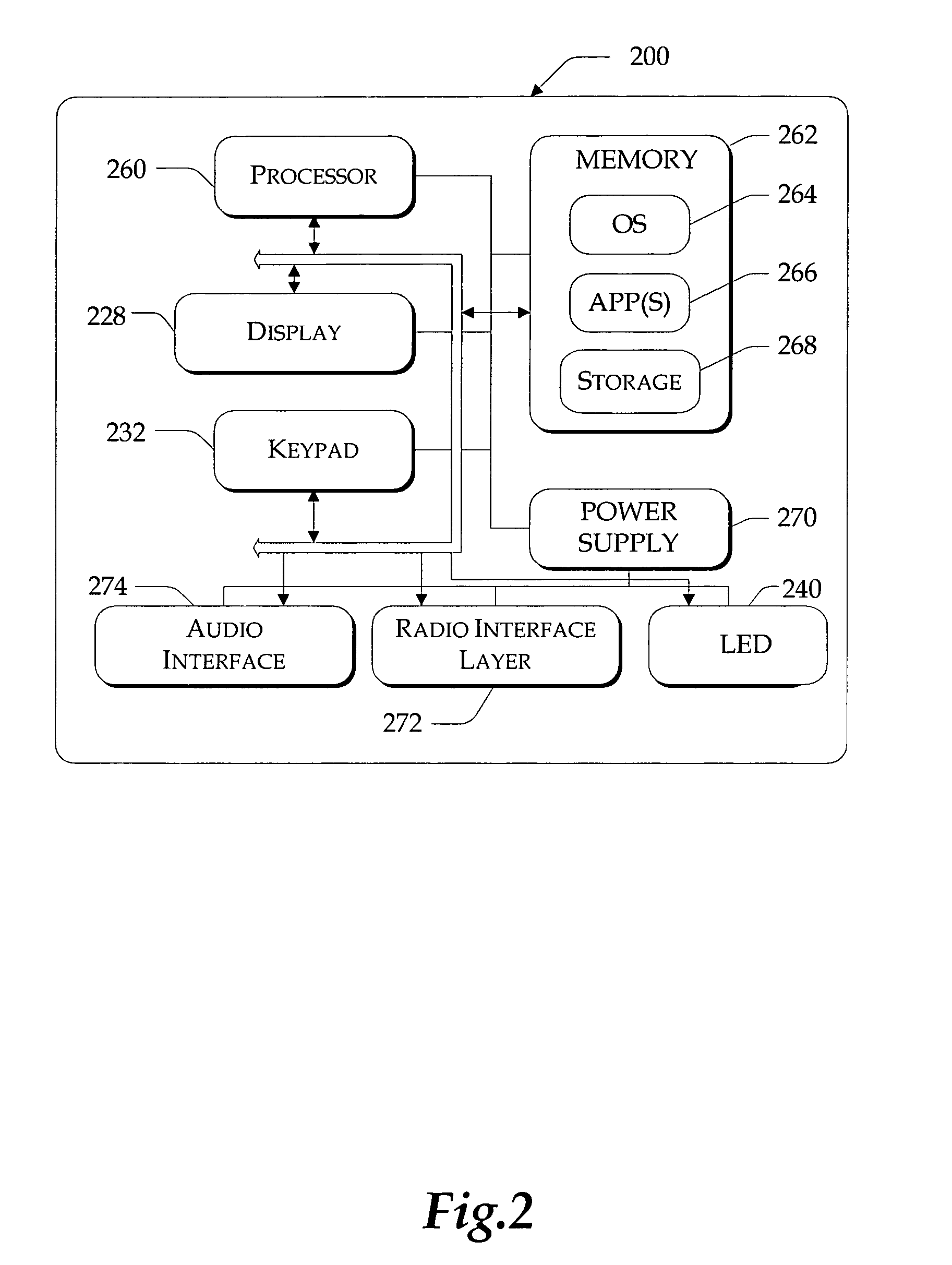Dynamic memory heap tagging
a dynamic memory and heap technology, applied in the field of dynamic memory heap tagging, can solve problems such as heap corruption, memory leakage, and the difficulty of finding and achieve the effects of reducing the difficulty of locating and identifying heap corruptions
- Summary
- Abstract
- Description
- Claims
- Application Information
AI Technical Summary
Problems solved by technology
Method used
Image
Examples
Embodiment Construction
[0013] The present invention is directed towards providing a data structure within a block of allocable memory of a memory structure such as a heap to identify the code that is responsible for causing memory problems such as random overwrites, buffer overruns, double or multiple “frees,” and the like. The data structure can use the return address of the caller that allocates or frees the allocable memory block to identify the function. An identifier for the function is generated and stored in the allocable memory block.
Illustrative Operating Environment
[0014] With reference to FIG. 1, one exemplary system for implementing the invention includes a computing device, such as computing device 100. In a very basic configuration, computing device 100 typically includes at least one processing unit 102 and system memory 104. Depending on the exact configuration and type of computing device, system memory 104 may be volatile (such as RAM), non-volatile (such as ROM, flash memory, etc.) or...
PUM
 Login to View More
Login to View More Abstract
Description
Claims
Application Information
 Login to View More
Login to View More - R&D
- Intellectual Property
- Life Sciences
- Materials
- Tech Scout
- Unparalleled Data Quality
- Higher Quality Content
- 60% Fewer Hallucinations
Browse by: Latest US Patents, China's latest patents, Technical Efficacy Thesaurus, Application Domain, Technology Topic, Popular Technical Reports.
© 2025 PatSnap. All rights reserved.Legal|Privacy policy|Modern Slavery Act Transparency Statement|Sitemap|About US| Contact US: help@patsnap.com



